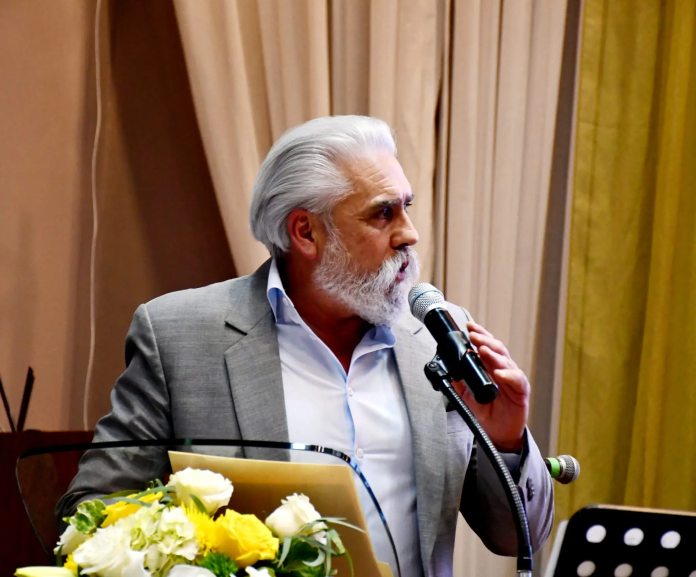Mine Turf Killings
A gruesome incident involving eight bodies burned and some decapitated was discovered near the Estrella de Oro mine in Azuay province, Ecuador, indicating escalating violence between rival factions of the Los Lobos criminal group. The surge in homicides, linked to gang wars and drug trafficking, highlights the severe security crisis gripping the region.
El Universo reports that eight corpses found to have had gunshot wounds, four of which were decapitated, were stacked on top of each other and set on fire near the Estrella de Oro mine in the Santa Marta sector, in the Camilo Ponce Enriquez canton, in the Azuay province of Ecuador, according to police statements. Reportedly, the bodies were members of an armed group, presumably criminals, who had evicted workers from the mines some weeks earlier. Then, between the night of Monday, June 24th, and the morning of Tuesday, June 25th, several other armed individuals showed up and slaughtered the first set of raiders.
En la tarde del jueves 27 de junio encontraron 8 muertos en una mina del cantón Ponce Enriquez en la provincia del Azuay. Las personas fueron asesinadas, decapitadas y luego sus cuerpos apilados para ser incinerados.#InformaTech pic.twitter.com/xgD1VjpD0D
— Informatech (@Informatech_ec) June 28, 2024
Canton Violence
The incident underscores the severe security crisis in Ecuador, driven by violent turf wars between rival criminal organizations. These conflicts have not only led to a spike in homicide rates but have also destabilized regions like Azuay province. The involvement of transnational drug trafficking networks has further exacerbated the violence.
According to the police, the preliminary hypothesis is that the incident boiled down to a confrontation between rival branches of the Los Lobos organized criminal group, likely connected to violent clashes in Buenos Aires and Santa Marta. One of the bodies was identified as being from Machala, according to the police. The heads of the four acephalous victims were found in a sack nearby, burned, and decomposed. The other four bodies were intact.
This violence follows a pattern of increasing brutality in the region, including the drive-by assassination of Camilo Ponce Enriquez’s mayor, José Sánchez, in April and another attack in the canton center in May.
Ecuadorian Gang Crisis
The situation in Azuay province and other affected areas remains volatile, with the potential for further violence. The governor of Azuay, Santiago Malo, has called for military assistance and emphasized the need to maintain the state of emergency in Azuay to combat the pervasive gang violence. He noted that the incident highlighted the extent to which criminal organizations operate in the canton; he clarified that not one but several gangs operate within it, and the violence is emerging from clashes between them. Malo pressed the military to assist in the problem, asking, “We need to be given the weapons to be able to act, and one of them is to maintain the state of emergency,” reported El Mercurio on July 1st.
Ecuador’s homicide rate has surged from 13.7 per 100,000 people in 2021 to about 45 per 100,000 in 2023, largely due to turf wars between gangs like the Choneros and Los Lobos. These gangs have established alliances with Colombian, Mexican, and Albanian drug traffickers, intensifying the violence. The conflict has led to a wave of assassinations targeting judges, prosecutors, journalists, politicians, and rival gang members, characterized by decapitations, dismemberment, drive-by shootings, and car bombings. The overcrowding and lack of control in prisons have further fueled the violence, with 600 deaths linked to 14 prison massacres since 2019.
The ongoing collaboration between local gangs and international drug traffickers poses a significant challenge to law enforcement efforts in Azuay and across Ecuador. Authorities are expected by the public to increase their focus on dismantling these criminal networks and restoring security. However, without substantial support and resources, the violence is likely to continue, further endangering civilians and destabilizing the region.

